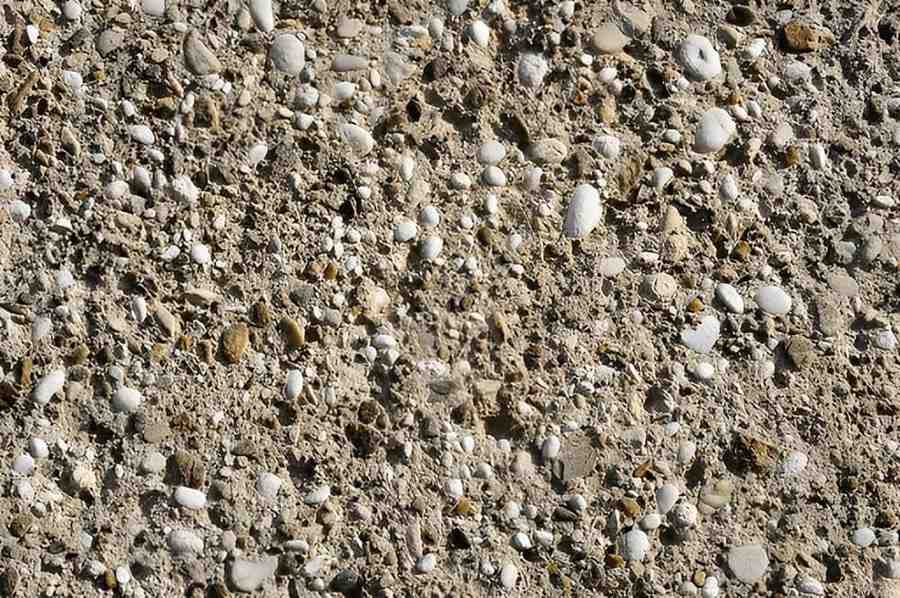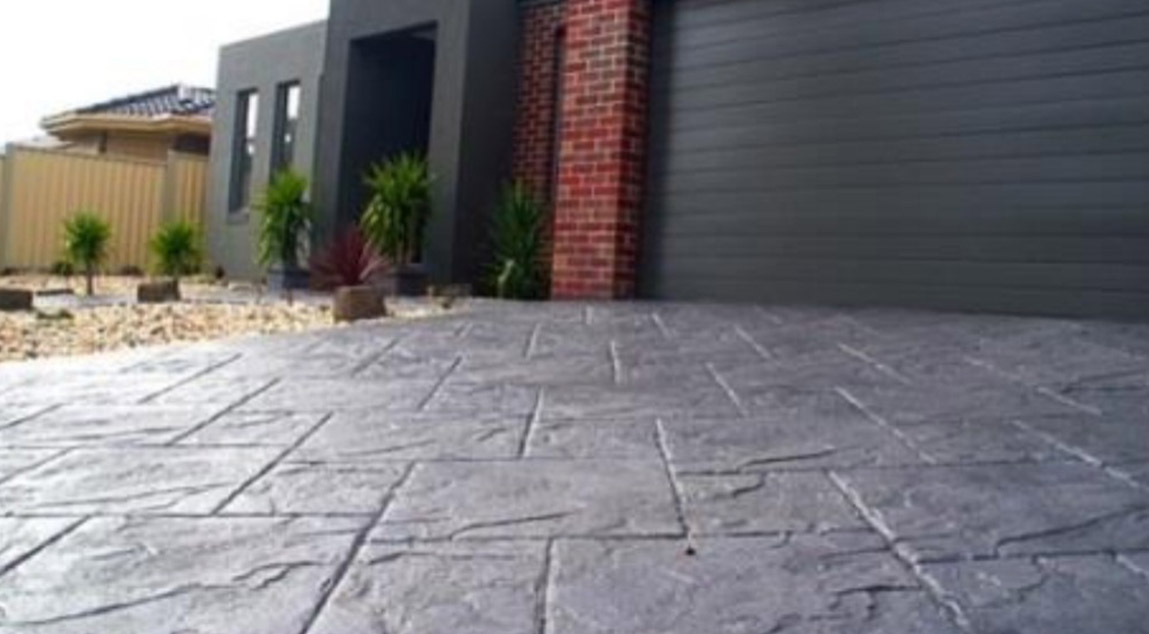Top Mistakes to Avoid During Exposed Aggregate Installation

Concreting is a very approachable DIY project as long as you have done your research. Here at Australian Slate-Crete Supplies, we have been helping passionate home and business owners beautify their properties with concrete for over 25 years, and this includes using aggregates.
We’ve seen all the common pitfalls our customers can fall into, so this blog will serve as your guide on how to avoid them from the start. By avoiding mistakes when installing aggregate concrete, you’ll find yours will last much longer, look better, and add more value to your property.
Here’s what you need to know.
Not Having the Right Exposed Aggregate Supplies
Using the wrong tools and materials for concreting can result in a slab that is uneven, patchy, and unprofessional in appearance. This can happen even more so with exposed aggregate concrete, as the aggregates in question can look terrible when not applied and cleaned correctly.
Don’t just grab a few random bits off the shelves at your nearest hardware supply store–here’s what you’ll need when installing exposed aggregate concrete:
- Your aggregates and concrete mix
- Exposed aggregate retarder
- A concrete rake
- A sealer
Make sure to buy your exposed aggregate supplies from a reputable source. At Australian Slate-Crete Supplies, each product we sell goes through an extensive amount of testing, offering you the best in quality control. You can browse our full range of concreting supplies online here!
Incorrectly Applying Your Exposed Aggregate Retarder
Want to know the secret to having an evenly exposed, yet stable layer of exposed aggregates in your concrete? It’s all about your application of retarder. This key component is what helps expose your aggregates while leaving the lower layer of concrete intact.
Applying too much retarder, or not enough, can mean that your aggregates don’t set properly, and it could also affect how the rest of your concrete dries. Luckily, most modern retarders come with clear instructions on how to apply them, including how thick the layer should be.
Pay attention to how thick your retarder layer should be, how long you will need to leave it on for, and the best way to remove it. Water-based retarders can be washed off using a pressure washer or even a powerful hose, but solvent-based retarders will have to be removed more carefully so they don’t damage the environment surrounding your project.
Using the Wrong Type of Aggregate

You’d be surprised at how much flexibility you have when it comes to choosing aggregates for your concrete project! Shape, size, and colour can also be customised to suit the vision you have in mind. However, this also means that choosing the wrong type of aggregate is a possibility.
Here are some of the most popular types of aggregates, and when it can be a mistake to use them:
- Crushed stone, usually made from natural rocks like limestone, basalt, and granite, has an angular shape and rough texture that helps provide your concrete with extra stability. However, this can make it painful to walk on with bare feet, and so it shouldn’t be used for making concrete that surrounds a pool.
- Whole stones and gravel are smooth and rounded, making them an excellent choice for almost any exposed aggregate application.
- Glass pieces can be visually stunning when used as aggregates in concrete but, as expected, should not be left exposed and instead need to be sanded down when used in concrete.
- Pumice, a natural volcanic rock, is light and porous. It looks good but can break easily, making it unsuitable for aggregates left sticking up out of the concrete.
Make sure to keep the strength and sharpness of your aggregates in mind when choosing them, as well as how they look!
Washing Off the Retarder Too Quickly
Your retarder needs to be applied and, more importantly, removed at the perfect time. Leave your retarder on for too long, and your concrete will set and you’ll struggle to wash off the top layer and expose those beautiful aggregates. But, wash it off too soon, and your aggregates will be washed off with it!
As a general rule, you will want to wait around 6-12 hours for your concrete to set before exposing your aggregates. However, factors like the humidity, the temperature, and the thickness of the pour can all affect this.
You can check if the time is right by seeing if your concrete is dry to the touch, no longer can be indented easily, and has become one uniform colour. In fact, many retarders will change colour to let you know the time is right to wash them off.
Not Sanding Indoor Aggregate
Aggregates can look lovely indoors, and are often seen in the floors of office and commercial buildings. However, to keep everyone inside safe (and their shoes intact), these aggregates should be sanded down flat, not left standing tall.
A smooth, polished surface not only keeps everyone’s work footwear safe but also helps make your space look much more professional and inviting. Add a coating of clear sealant for added protection and for extra gloss if needed!
Make sure that, if you choose to sand your aggregates, you are using the appropriate power tools and wearing all the right safety gear, including goggles and masks.
Start DIYing With Confidence at Australian Slate-Crete Supplies

Keep these points in mind as you prepare your concrete, and we’re confident you’ll be happy with the end result! But if you’re still unsure of how to get started and what to buy, we’re here to help.
Australian Slate-Crete Supplies is your best bet for high-quality exposed aggregate supplies in Melbourne. Shop the range online, or come visit us at our store in Epping, and our staff will help you choose the perfect concrete hand tools and materials for your next project. You can also get in touch using our online form, or by calling 9408 7722.
Exposed Aggregate Resources
We know a thing or two about how to use exposed aggregate supplies! If you’d like to learn more, please read through some of our previous blogs on the subject:
- Common Mistakes to Avoid When Using Exposed Aggregate Retarder
- Six Benefits of Using Exposed Aggregate Retarder for Driveways
- Why Exposed Aggregate Retarder is Essential for Perfect Finishes
- How to Choose the Right Exposed Aggregate Supplies for Your Outdoor Space
- Is Exposed Aggregate Concrete the Right Choice for Your Driveway?
- Understanding the Role of Exposed Aggregate Retarder in Concrete Works
- Maintenance Tips for Exposed Aggregate Concrete
-
 February 4, 2022Sandstone Concrete Stencil
February 4, 2022Sandstone Concrete StencilDo you want to add a touch of luxury and elegance to your concrete projects? If so, then consider using sandstone concrete stencils!
Read More -
 February 4, 2022Gloss Brick Sealer
February 4, 2022Gloss Brick SealerGloss brick sealer is a wonderful material for adding a brilliant shine to your brick slip wall feature.
Read More -
 February 4, 2022Bluestone Concrete Sealer
February 4, 2022Bluestone Concrete SealerIn a broad sense, the term “bluestone” is sometimes used to refer to a variety of stones. It’s a marketing term rather than a geological one.
Read More
